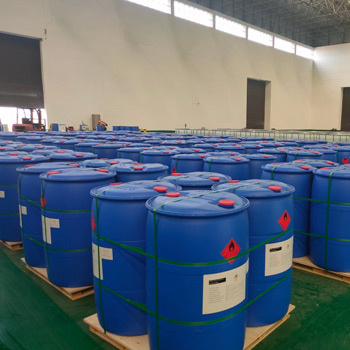1. Why Acetonitrile Is a Preferred Mobile Phase in HPLC
Acetonitrile (ACN) is widely used as a mobile phase in High-Performance Liquid Chromatography (HPLC) due to its unique chemical properties. Its low viscosity ensures faster flow rates, reducing backpressure in the system. ACN also has excellent UV transparency, making it ideal for UV-detector compatibility. But a critical question arises: is acetonitrile polar? Yes, it is a polar solvent, which allows it to effectively dissolve and separate polar compounds.
Compared to methanol (another common HPLC solvent), acetonitrile offers better peak resolution and shorter run times. This efficiency stems from its balanced polarity and elution strength. Below is a comparison of key properties:
| Property | Acetonitrile | Methanol | Water |
|---|---|---|---|
| Viscosity (cP) | 0.34 | 0.55 | 0.89 |
| UV Cutoff (nm) | 190 | 205 | 190 |
| Polarity Index | 5.8 | 5.1 | 10.2 |
2. The Role of Polarity in HPLC Separations
Polarity is central to HPLC separations. The mobile phase’s polarity must complement the stationary phase to achieve optimal retention and resolution. Since acetonitrile is polar, it competes with analytes for binding sites on the column, adjusting retention times.
For reversed-phase HPLC (the most common type), a less polar mobile phase increases analyte retention. Mixing ACN with water creates a gradient that fine-tunes separation. For example, a 60:40 ACN-water mix elutes nonpolar compounds faster, while a 20:80 ratio retains them longer. ACN’s intermediate polarity (polarity index: 5.8) makes it versatile for diverse applications, from pharmaceuticals to environmental testing.
3. Advantages of Acetonitrile Over Alternative Solvents
ACN outperforms solvents like methanol or tetrahydrofuran (THF) in several ways. Its low viscosity reduces system wear and improves column longevity. UV transparency below 200 nm ensures fewer baseline disturbances. Additionally, acetonitrile’s polarity enables sharper peaks, critical for detecting trace compounds.
Here’s a cost-benefit comparison:
| Factor | Acetonitrile | Methanol | THF |
|---|---|---|---|
| Backpressure | Low | Moderate | High |
| Peak Sharpness | High | Medium | Low |
| Cost per Liter | $$$ | $ | $$ |
While ACN is costlier, its efficiency often justifies the expense. Methanol may suit budget-limited workflows, but it compromises speed and resolution.
4. Practical Considerations and Safety
Despite its benefits, acetonitrile requires careful handling. It is toxic and must be used in well-ventilated areas. Proper disposal is essential to meet environmental regulations. Additionally, global supply shortages can affect availability, prompting labs to stockpile or seek alternatives.
However, ACN’s unmatched performance keeps it dominant in HPLC. Its polarity, low viscosity, and UV compatibility align perfectly with modern chromatography demands. For labs prioritizing accuracy and speed, acetonitrile remains irreplaceable.




